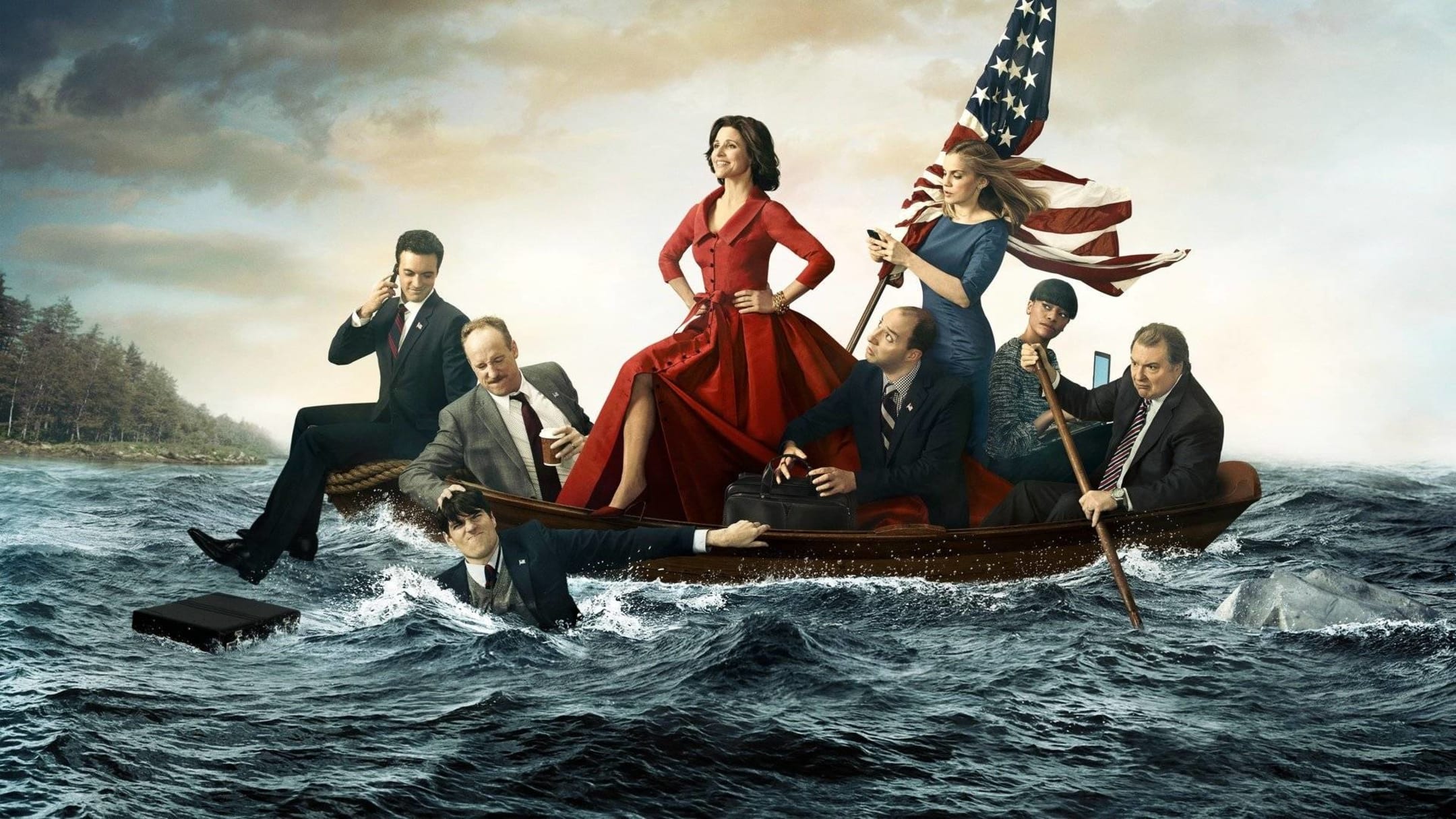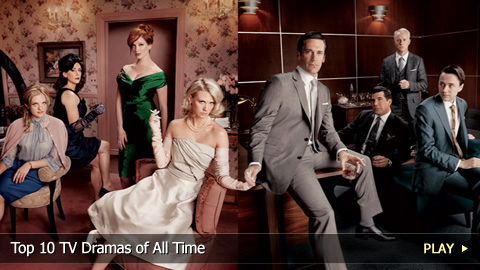
Celebrities created many of the most memorable talk shows. Jay Leno, Conan O'Brien and David Letterman are just a few of the famous personalities who have created talk shows. These talk shows offer a great opportunity to explore different topics and to meet people with similar interests.
Oprah Winfrey's talk show
Oprah Winfrey, an American talk-show host and television producer, is Oprah Winfrey. She is an actress, author and philanthropist. Most people know her as the host of The Oprah Winfrey Show on national syndication, which aired for 25 consecutive years.
Talk show with David Letterman
David Letterman, who has hosted a late-night talk show for over 30 years, is now hosting a Netflix original talk program. His show will feature field pieces and in-depth interviews with fascinating guests. George Clooney, former President Barack Obama, are just a few of the guests. Letterman is also a pop culture expert and will provide new perspectives for the television audience through his sharp, funny interviews.

Conan O'Brien's Talk Show
Conan O'Brien's talkshow format will drop to a half hour, from an hour in 2019, and it will still be broadcast on TBS. This is part of TBS's effort to appeal to the younger audience and increase its live ratings. The show will still air four nights a week but will focus more on stand-up comedy.
Jay Leno's Talk Show
Jay Leno was a frequent substitute host for Johnny Carson during his first years hosting The Tonight Show. David Letterman had been his host for nearly two decades, and he had previously been replaced by Jay Leno. Leno continued his stand-up comedy performances during his tenure on The Tonight Show. In 1994, he signed an extension contract with NBC, and he remained the host of The Tonight Show until 2009.
Morton Downey's talk-show
Morton Downey's talk program was one of the earliest examples of trash TV in the late 1980s. It was hosted and hosted by Sean Morton Downey Jr. The show's title was "The Morton Downey Jr. Show," and it was a huge hit.
Arsenio hall's talk show
Arsenio HALL is a comedian. He hosted a late show on talk from 1989 to 1994. He also hosted the show in 2013 and 2014. Arsenio has directed, written and acted in many movies.

Steve Allen's talk show
Stephen Allen was the first host of a late-night talk show, The Tonight Show. Allen, who hails from Boston, Massachusetts, is also an actor, composer. He was known for his comedic skills, and it was his charm and personality that made the show so popular.
FAQ
How long does it take to make a commercial?
The project size will determine how much it costs. For a small project, one person may be needed to film the footage. A large project may require many people to work together.
A 30-second spot typically takes between 2-5 working days.
How Are TV Ads Delivered?
Television ads are most often seen via TV, cable, satellite and IPTV.
Today, there are many ways that content can be delivered to consumers. Companies still choose how to distribute their advertising in a variety of ways.
This is because they all take into account the same metrics in deciding which delivery method to use.
If you want to measure ad effectiveness via viewing time, you will need to ensure that your advertisement is available on as many platforms and devices as possible.
You will want to make sure your ads reach as many eyes as possible if you are evaluating ad effectiveness on the basis of impressions.
These two methods are not always compatible.
If you post an advertisement on several platforms but one platform has high-quality video, you might get fewer views.
You might miss some opportunities if you only look at time as a measure of your success.
What are the main styles of commercials available?
The three main types of commercials are TV Commercials, Radio Commercials, and Print Ads.
TV commercials typically last 30 seconds. These commercials are often used to raise brand awareness.
Radio commercials can be longer than 1 minute and are used for product marketing.
Print ads are shorter (usually 2-3 minutes), and they're usually aimed at specific audiences.
Are TV commercials targeted to target?
The best way to target an ad is to know what people are watching at the time they're watching it.
So if you want someone to watch football on Sunday afternoons, then advertise during the football games. People who watch movies on Friday nights are the best audience for your ads.
If you want to reach people when they're eating dinner, then advertise during prime-time shows.
This is the key to understanding what people do with your ads. This requires having data about which programs they are viewing.
Thanks to new technologies, such as DVRs or streaming video, data is now more easily accessible.
However, everyone is different and each person has their own preferences. So it's impossible to predict exactly which program someone will watch next.
It's crucial to test different kinds of ads. Real-world feedback will help you determine which ads work best.
Does TV affect sales?
TV affects sales because it allows consumers to see what products are available.
Customers often compare prices before they buy something. When they see an advertisement for a product, they think, "I wonder if I could afford that?"
TV and business: Is it a good idea?
Yes, TV is a good tool for business. Television allows businesses to reach more customers.
Placards can be put up in the streets when you are trying to sell your home. Advertise in the local newspapers, including the newspaper, real estate section and classifieds.
You can also advertise online via social media sites or websites like Facebook.
You don't need to worry about posting messages, creating articles or putting up signs on TV.
Instead, you just sit back and relax while someone else does all the work for you.
This way you can get the best results without spending a lot of money on marketing campaigns.
How does TV Advertising function?
Advertising via television is an effective way of reaching consumers. It's also cost-effective. Commercial breaks are probably the most widely used form of advertising. These commercial breaks last 30 seconds, but they can sometimes be longer if there's a special event like a sporting match or awards ceremony. Companies sponsor commercials in order to promote their products. These companies pay for the airtime. Some commercials feature product information, others display images and music. There is also a lot of product placement in programs. This allows brands to appear on the program's screen. This might involve the brand being featured in a scene or providing background information on the product.
Statistics
- This includes 97 percent of Gen X, and 95 percent of Millennials. (marketingevolution.com)
- Video-ad views on OTT (over-the-top) devices grew 63% year over year in Q3 2016, and the trend is expected to continue, further crippling traditional TV advertising. (clearcode.cc)
- With OTT ad revenue set to increase from 45% to 60% over the next decade, AdTech pioneers and early adopters of OTT advertising will reap its benefits in the near future. (clearcode.cc)
- Not to mention, sales rose an incredible 11% following the launch of this commercial. (qualitylogoproducts.com)
- To get estimated costs for airing a 60-second TV commercial in different regional markets, check out the following figures in this TV ad pricing chart from the media experts at Casual Precision. (fitsmallbusiness.com)
External Links
How To
How do I choose the type of advert to run on television
There are many things that you need to think about when choosing between traditional printed advertisements, digital billboards radio spots, TV commercials, and television ads.
First, you must decide whether to look for short-term results or long-term exposure.
Advertising must be short-term. It should generate immediate sales. This means that the advertisement must immediately inform people about your product or service.
The goal of long-term exposure is to increase awareness over an extended period. This could be weeks or even months.
Next, choose between ongoing or one-off campaigns.
When you are promoting a single event like a holiday sale or new product launch, one-off campaigns can be used. These campaigns are usually very costly as they require extensive planning and preparation.
Although they are more cost-effective, ongoing campaigns are often less efficient. They allow you to run the exact same ad every week, or month.
The final step is to decide how much to spend.
You can either invest in a large amount of advertising or small amounts of advertising. Advertising in small amounts will be more expensive per impression than advertising in larger quantities.
However, if you run smaller amounts of advertising, you won't be able to reach as many potential customers.